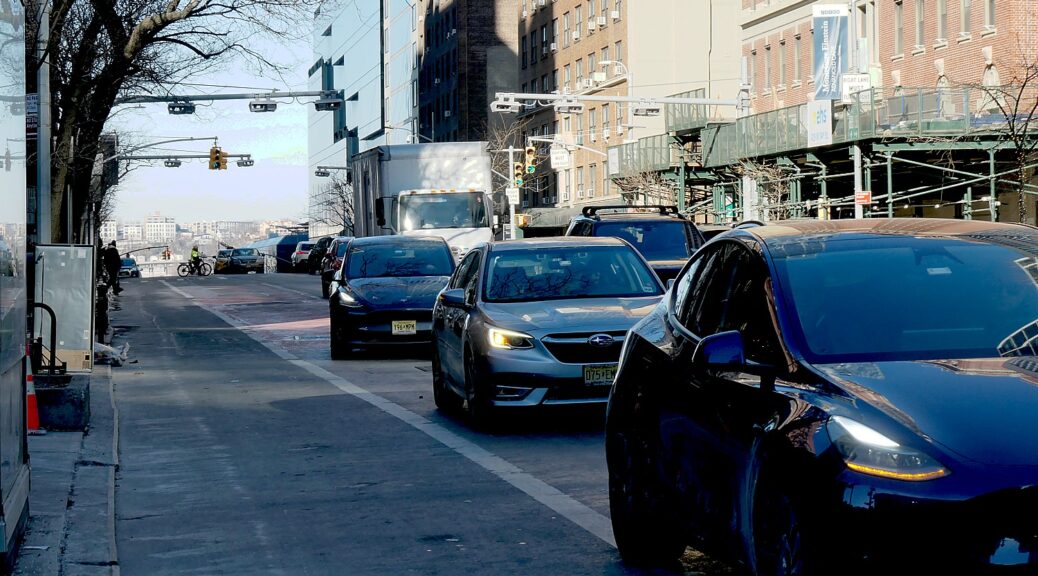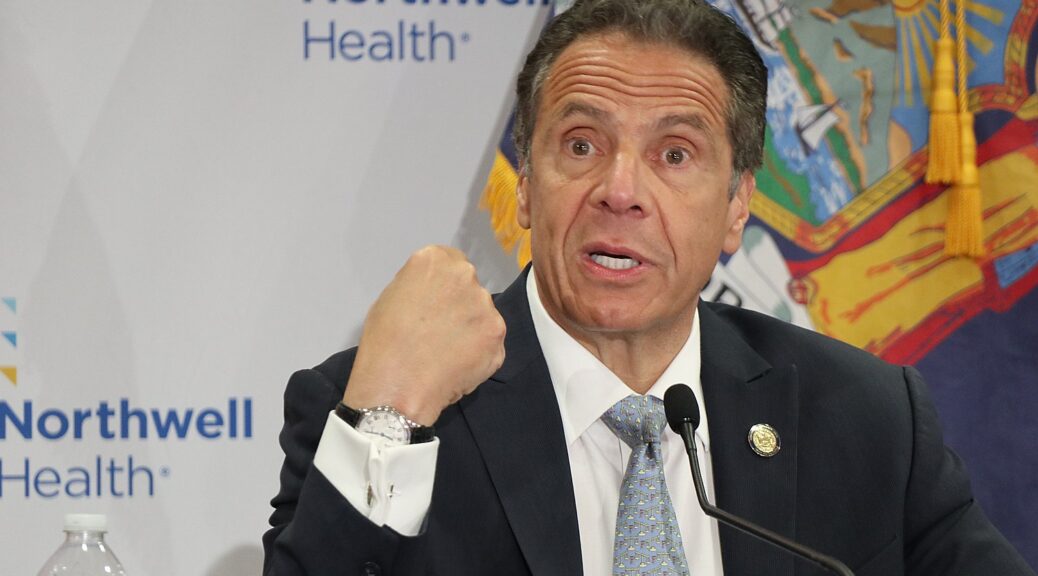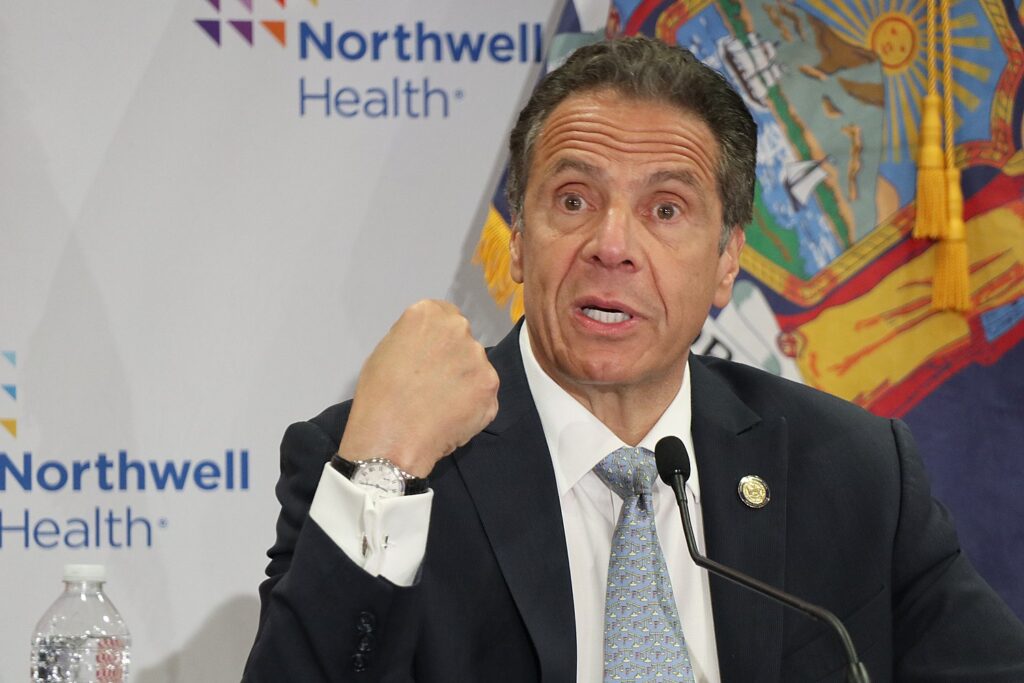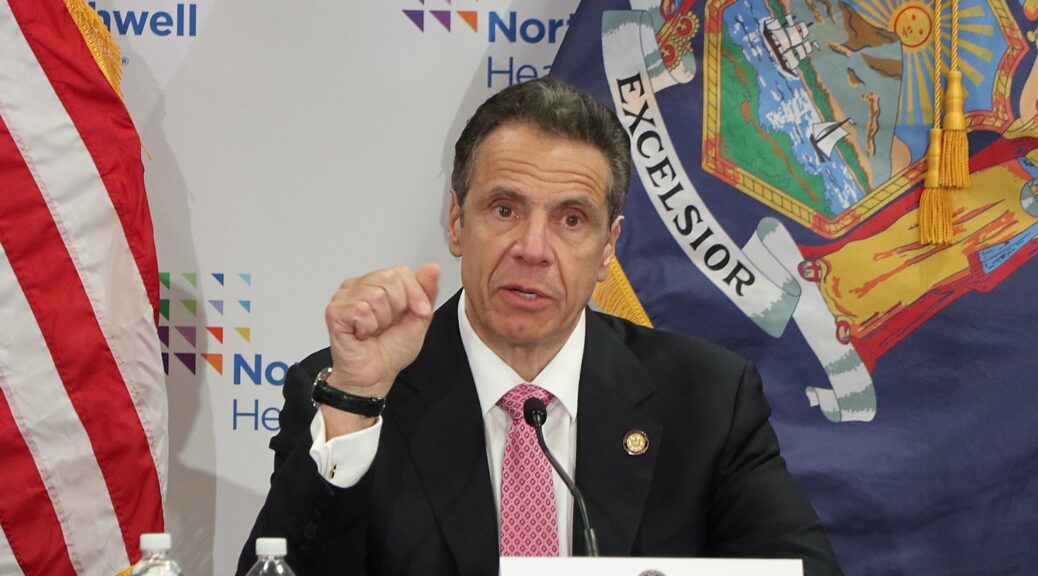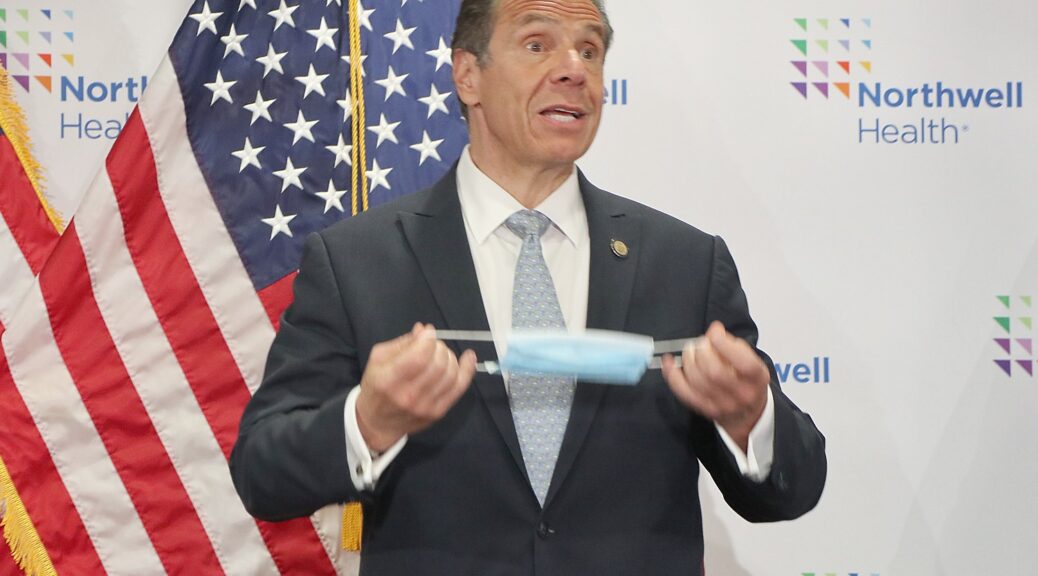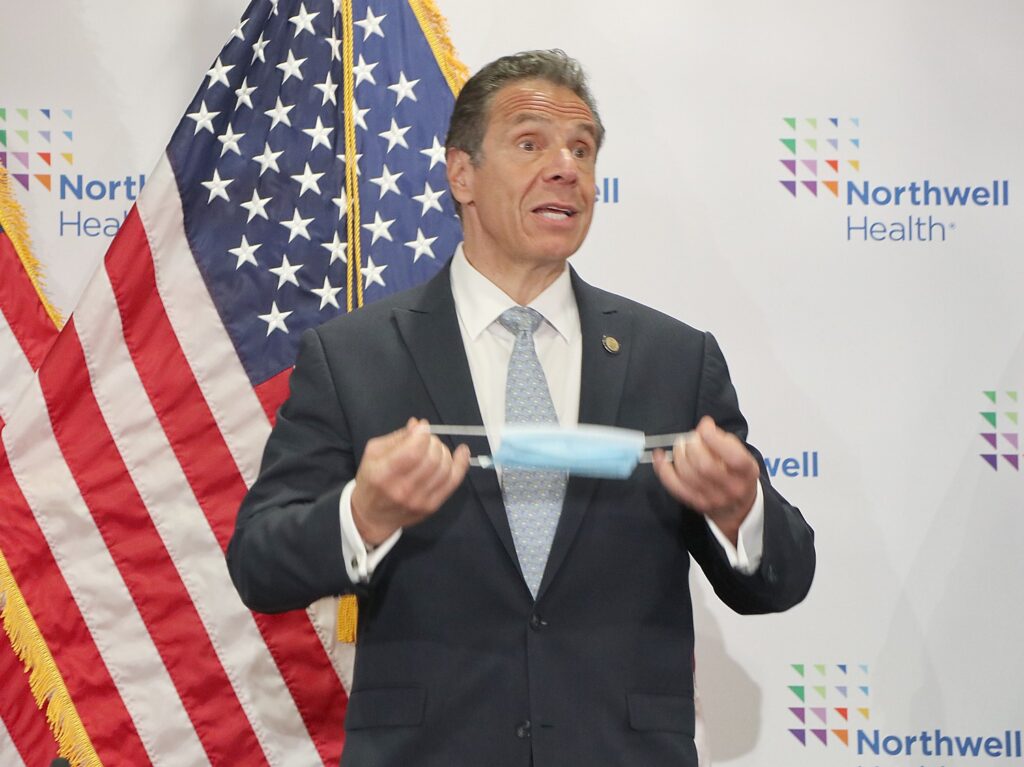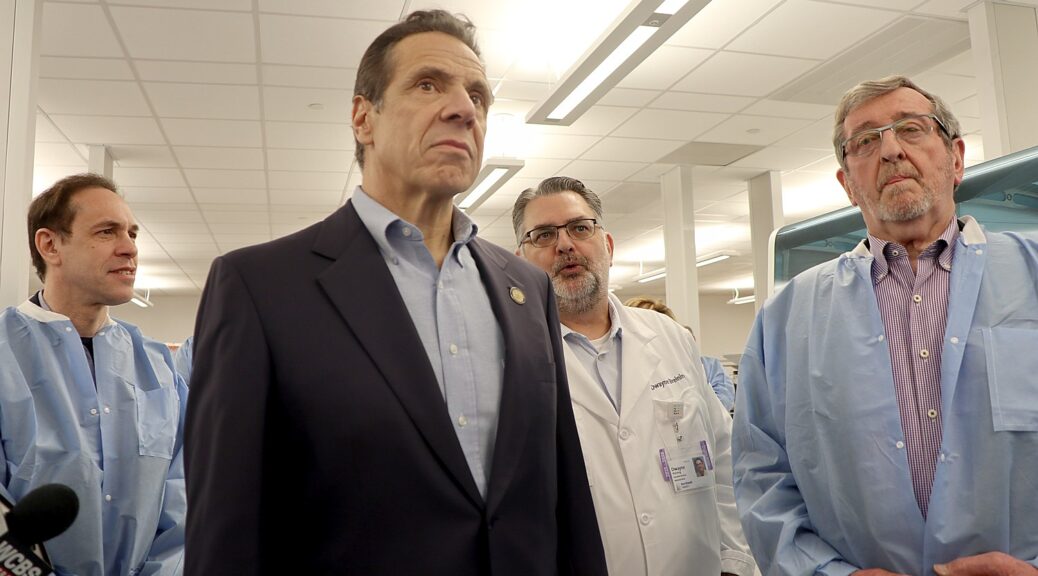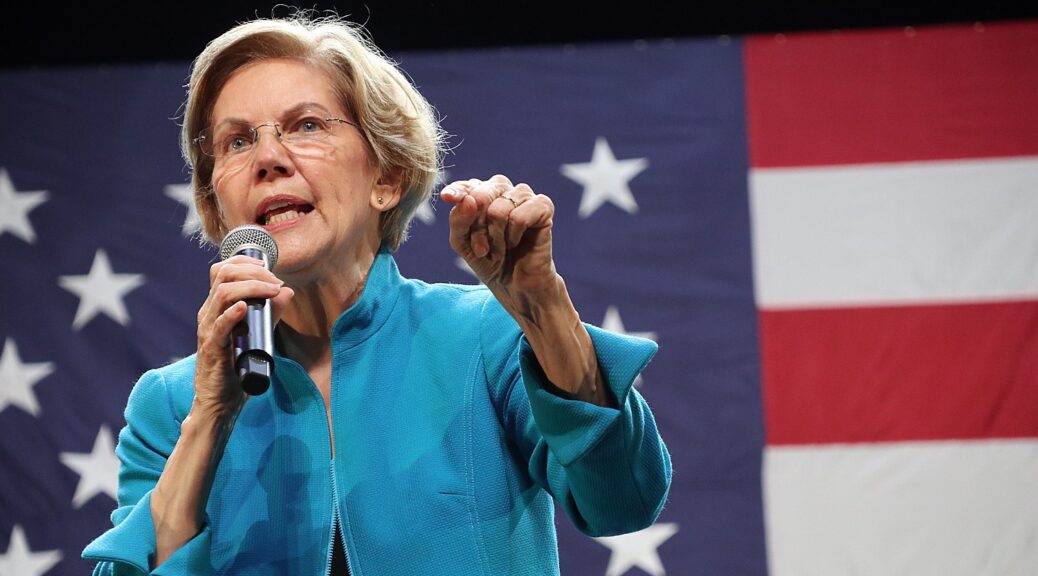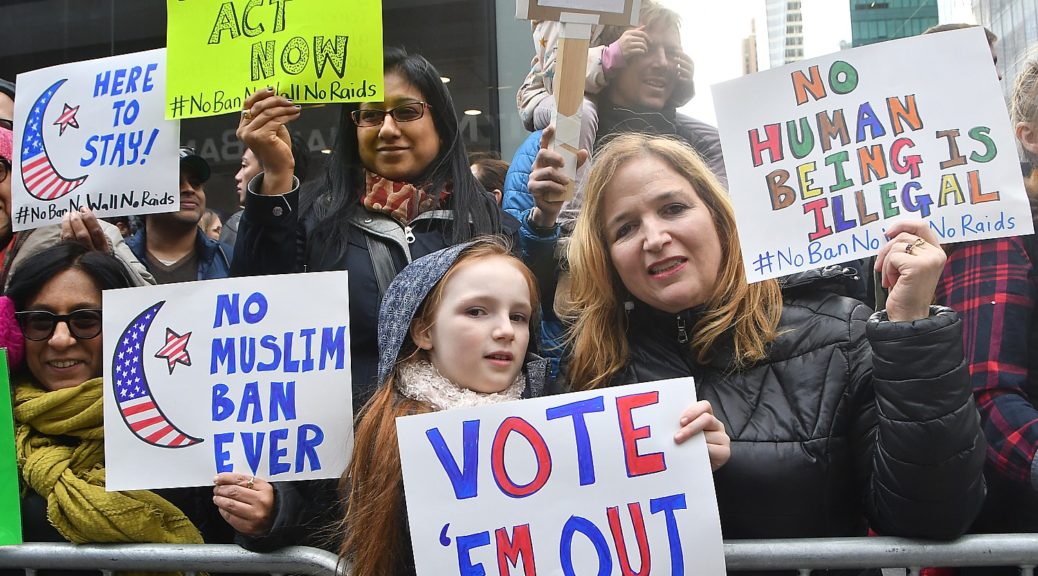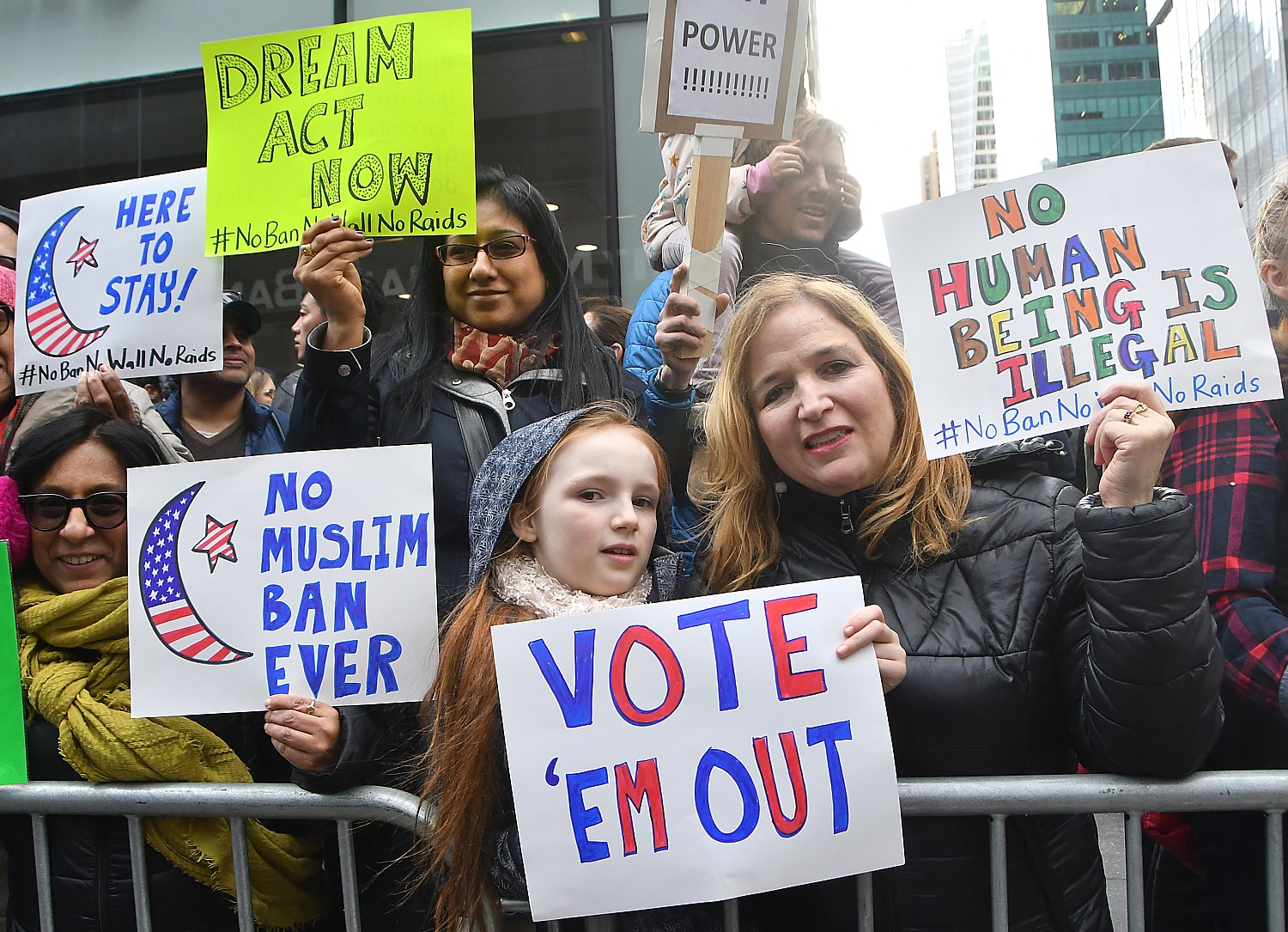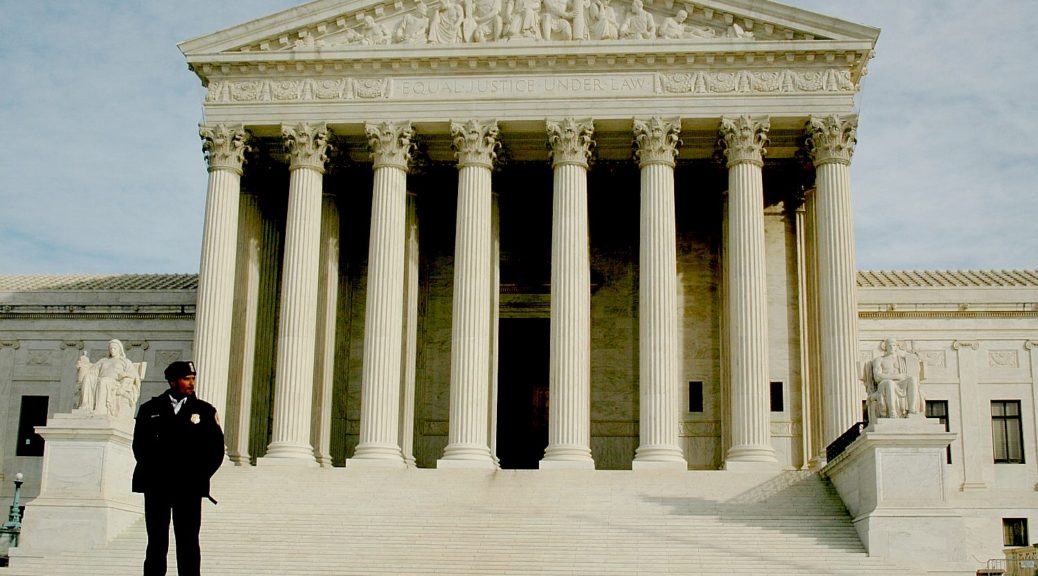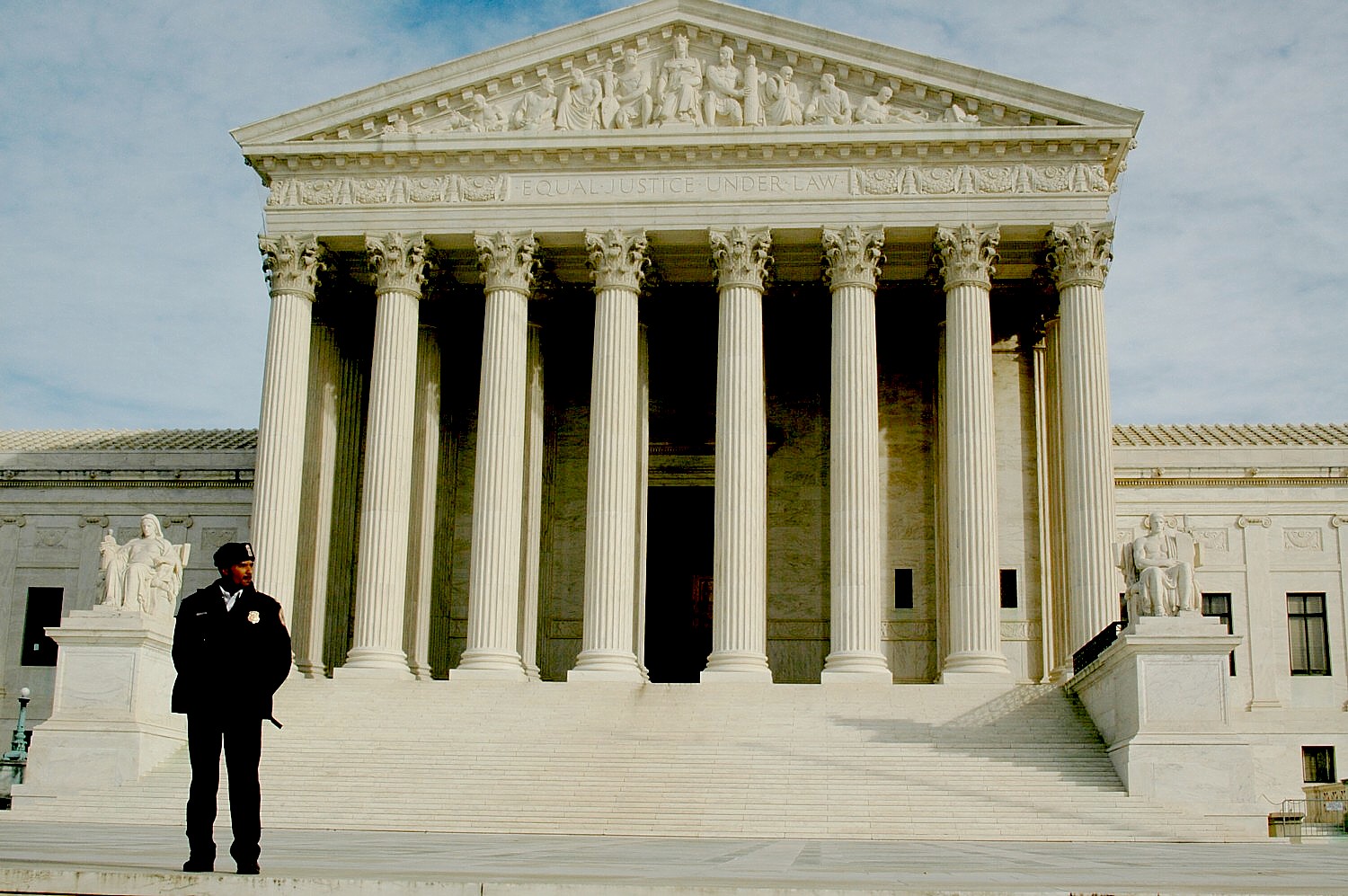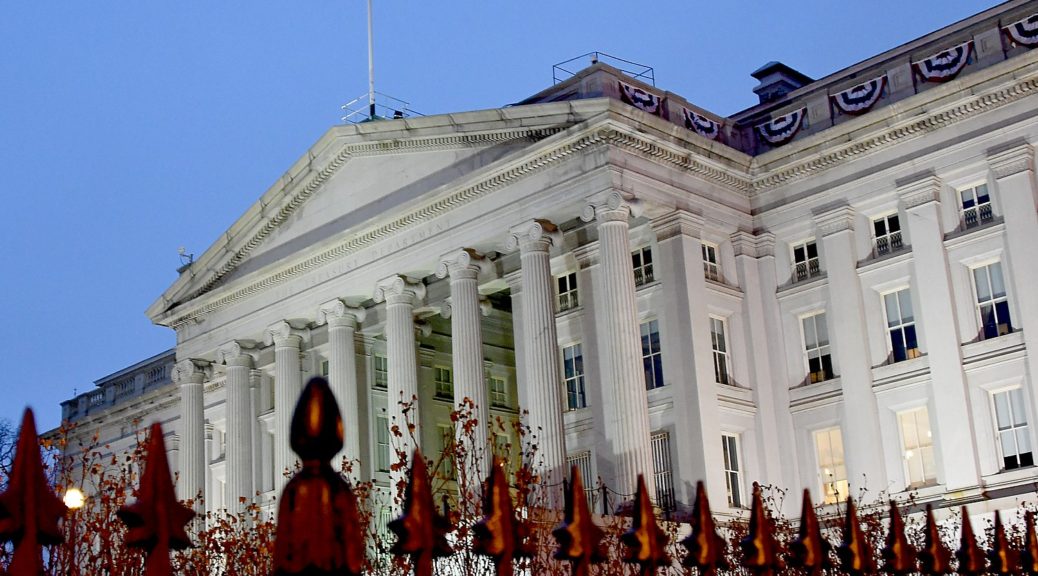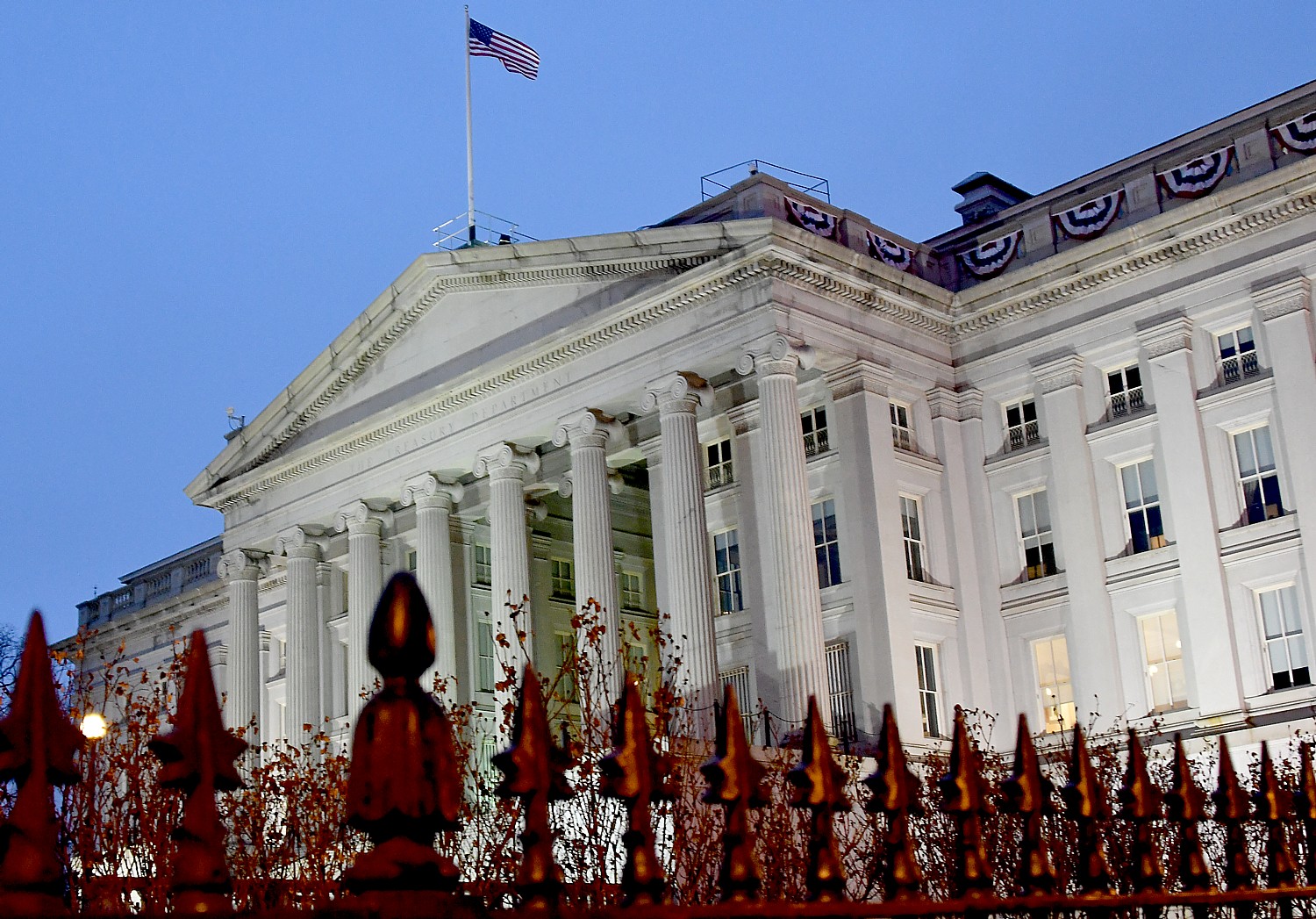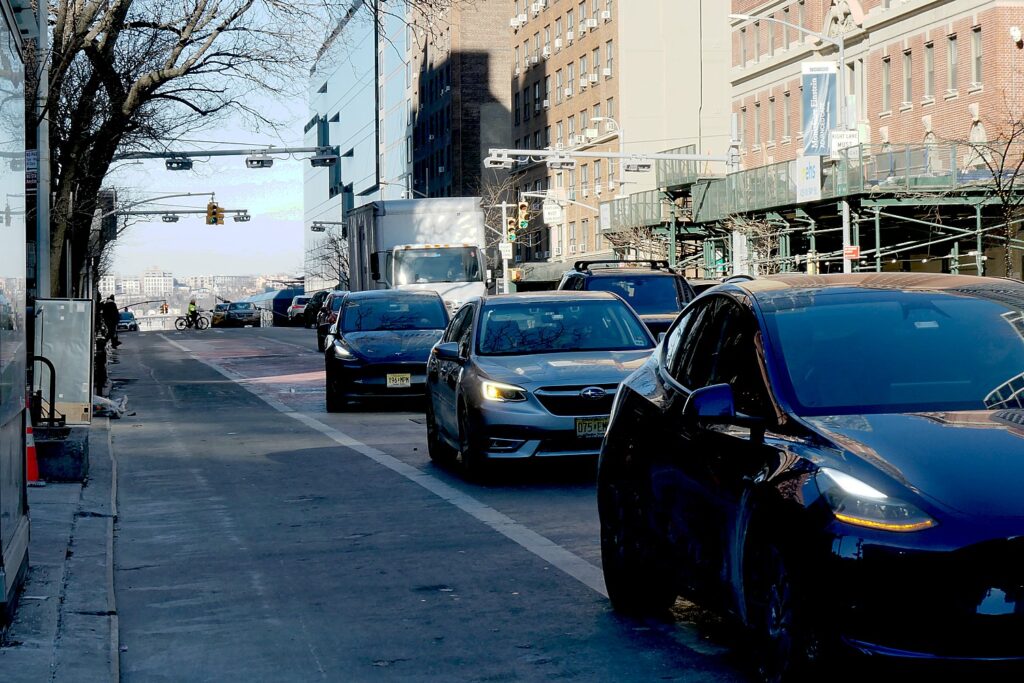
By Karen Rubin, editor@news-photos-features.com, news-photos-features.com
Governor Kathy Hochul joined business leaders, transit advocates and elected officials in New York City to highlight ongoing progress of the newly implemented congestion pricing program,and stand defiant against the Trump administration demanding to dismantle the program that is popular among local and regional transit and climate activists.
In the months since congestion pricing took effect, traffic is down and business is up — as the program delivers benefits for commuters from across the New York metro area and for businesses and offices in Manhattan’s Central Business District (CBD).
“Since congestion pricing took effect over two months ago, traffic is down and business is up – and that’s the kind of progress we’re going to keep delivering for New Yorkers,” Governor Hochul said. “Every day, more New Yorkers are seeing and hearing the benefits for our commutes, quality of life and economy – and we’re not going back.”
“The world has changed dramatically for this city and this region ever since congestion pricing went into effect in early January. Now to all the naysayers, hopefully you now are seeing that those who studied this and thought about it worked on this for years, if not decades – had a vision that is now being realized, that we can have a city that is not paralyzed by traffic and congestion, that our air is cleaner, that our businesses are more robust, more people are going to Broadway, our buses and subways are going faster and more supported – more people are taking them than ever before,” the Governor stated, after riding the M14 bus to the event.
“Not only is traffic is down and business is up, but also, subway ridership is up and crime is down.
“It’s been a long journey. We’re still on that journey. And the more people who get a chance to see the benefits – just walk around and talk to people, Ask if their lives are more enriched, whether they have more time with their families if they’re a commuter. Whether or not they’re finally realizing that we have the world class public transit system, but we need to keep it world class by raising the revenues to invest in it as well. That is essential.”
Governor Hochul just visited Trump in the White House and has invited Transportation Secretary Sean Duffy, who has made all sorts of threats against New York, to see for himself. Even Long islanders, whose Republican county executives and town supervisors have reflexively led the opposition against congestion pricing (Long Island commuters benefit the most by improvements to the Long Island Railroad and mass transit) and other initiatives like affordable housing, are benefiting.
“The cameras are staying on,” Governor Hochul asserted. “They sure as hell are. I want to recognize some leaders here who’ve done an extraordinary job in fighting for this. And again, this was not an easy journey. We have countless lawsuits. People going on television constantly berating this – saying it wouldn’t work. I want them to come here now and feel a very different New York City. That is very alive, and it’s vital. It is not jammed and stuck in traffic.
”We are moving once again. And we’re moving into a better future. A welcoming future. A place people can live safely. We’re going to build more housing. We’re going to bring more businesses. We’re going to make this to be the best place in the world to live. And we’re not done yet. More housing is right – don’t get me on that.”
“Congestion relief is working, cars and buses are moving faster, foot traffic is up and even noise complaints are down. That’s why in poll after poll more and more New Yorkers are saying they want those benefits to stay – and they will,” MTA CEO and Chair Janno Lieber said.
Since the congestion pricing program took effect on Jan. 5, it has delivered a wide array of benefits according to data from the MTA and other reports and studies from business groups and other data sources.
Traffic Is Down
- Traffic is down 11 percent in the CBD in February compared to the same time last year.
- Three million fewer vehicles entered the CBD in January and February compared to the same time last year.
- Traffic is moving up to 30 percent faster on bridge and tunnel crossings in February compared to the same time last year.
- Commuters saving up to 21 minutes per trip into the CBD.
- Bus service is faster throughout the CBD, with up to 23 percent customer trips on express buses delayed 10 minutes or more.
- Complaints about excessive car horn honking within the CBD were down by more than 70 percent in January and February compared to the same time last year.
Business Is Up
- Broadway show attendance was up 19 percent in January and February compared to the same time last year.
- Restaurant reservations in the CBD rose 5 percent from January to mid-March compared to the same time last year.
- Retail sales in the CBD are on track to be $900 million higher in 2025 compared to last year.
- Workers coming to the office in the CBD on an average weekday increased 6.6 percent in February compared to the same time last year.
Transit Ridership Increasing
Transit ridership in January and February 2025 has grown significantly compared to the same time last year.
- Bus ridership is up 9 percent
- Subway ridership is up 6 percent
- Long Island Rail Road ridership is up 8 percent
- Metro-North Railroad ridership up 4 percent
“Congestion relief is a local tool helping to solve a local problem. With this tool activated we are delivering access to efficient transportation to all New Yorkers and visitors including those who drive, and those who ride our subways, buses, and paratransit vehicles alike,” MTA Chief Accessibility Officer Quemuel Arroyo said. (His remark flips Trump’s statement justifying shutting down the Department of Education in order to “return power to the states.”)
State Senator Liz Krueger said,“Congestion pricing works, and it is already delivering for New Yorkers, the vast majority of whom rely on public transit every single day. Congestion Pricing is improving commutes, reducing congestion, and raising funds for public transit, all while businesses in the zone enjoy an increase in foot traffic and the program grows in popularity with those who are actually impacted by it. I am proud to stand with Governor Hochul and the MTA in defending Congestion Pricing, not just on behalf of the New Yorkers who directly benefit from it, but also for New York’s sovereignty and for the rule of law that is the keystone of our democracy.”
State Senator Brad Hoylman-Sigal said, “Since congestion pricing started travel times have improved by as much as 59 percent during peak afternoon hours. That means that drivers are saving on average 20 to 30 minutes driving into the Central Business District every single day. Take it from those of us who actually live and work in the Central Business District, congestion pricing is working. Since the program began, not only are commute times down, but foot traffic is up, businesses in midtown are booming, support for the toll has increased, and tens of millions of dollars have been generated to make essential upgrades to our subway system, which is used by over 3.5 million people every day. Any way you look at it the first few months of congestion pricing have clearly been a success and the program must continue. I am proud that Governor Hochul is standing up for New York’s sovereignty and keeping the congestion cameras on.”
“Congestion pricing is already delivering for New York — easing gridlock, cutting pollution, and powering critical funding for our transit system,” State Senator Robert Jackson said. “Our future depends on a transit system that moves all of us forward — not one stuck in gridlock. This is about fairness — ensuring working people, students, and seniors have reliable public transit while reducing traffic that clogs our city. At this pivotal moment, we must stay the course. Investing in mass transit isn’t just about infrastructure — it’s about investing in the people who make this city thrive. Let’s push forward toward a healthier, more sustainable New York.”
State Senator Cordell Cleare said, “I support Congestion Pricing as a way for the MTA to fund their capital plan, and bring benefits; including the much needed upgrading transport accessibility, and rebuilding and sustaining infrastructure in my 30th District and beyond.”
State Senator Kristen Gonzalez said, “Congestion pricing is working; we’re seeing less congestion, faster bus commutes, and an increase in transit ridership. New Yorkers deserve to continue to benefit from the implementation of this program– they deserve clean air, and clearer streets. This is the result of relentless advocates fighting for cleaner air and public transportation, as well as the Governor’s commitment to putting New Yorkers’ will above the orders of the Trump Administration.”
“A strong, reliable and accessible public transit system is the lifeblood of New York City and congestion pricing has proven itself to be the antidote to our crumbling infrastructure and incessant congestion,” Assemblymember Linda B. Rosenthal said. “Since the program’s implementation, traffic has flowed more freely, buses have been more reliable and our environment has benefited from fewer emissions. The Trump administration’s demand to shut down our congestion pricing program is nothing more than another futile political move in his ongoing obsession of punishing New York. Governor Hochul’s decision to keep the cameras on is the right one and will help the MTA to rebuild the public transportation system that our city deserves.”
Assemblymember Deborah Glick said,“I am heartened to see how successful congestion pricing has been so far—less traffic, less pollution, less noise—and I look forward to an improved transit system for all New Yorkers. New York has long led the nation in innovation and I am proud to stand with my colleagues in fighting the federal administration’s attempt to undermine this important program.”
Assemblymember Jessica González-Rojas said, “Congestion pricing works, and we cannot afford to turn back now. In just a few months, we’ve already seen improvements in commute times and have created a new revenue stream to accelerate the modernization of our public transportation system. We must not let the obstruction of the Trump administration get in the way of the progress New Yorkers need. This program is also vital for improving our environment by reducing traffic and lowering emissions, helping us achieve cleaner air and a healthier city. Our city is ready for improved bus and subway services, modernized infrastructure, and greater accessibility. Public transportation must be safe, reliable, affordable, and accessible for all. Let’s continue this momentum and focus on strengthening the MTA for the future. Onward!”
Assemblymember Tony Simone said,“Congestion pricing was developed as a crucial solution to multiple crises in our city, in the time since the cameras went live it has more than achieved its mission. Our subway is crumbling. Congestion pricing has unlocked $15 billion to fix it. Our city center had been brought to a standstill by an overwhelming number of cars. Congestion pricing has already significantly decreased congestion without spillover into surrounding areas. Our streets are cleaner and safer because of the traffic reduction. Spending in the CBD has not declined, transit ridership is up, and honking has decreased. Congestion pricing is finally here and it is exceeding expectations. I stand with the Governor, keep the cameras on!”
Manhattan Borough President Mark Levine said, “Congestion pricing has been a huge success. Gridlock is down, mass transit ridership is up, and we are raising badly needed funds for subway station elevators, the Second Ave Subway expansion, signal modernization, and more. I look forward to seeing all the ways congestion pricing continues to benefit New York City.”
Riders Alliance Senior Organizer Danna Dennis said, “We’re so grateful to stand with the Governor today to continue to defend congestion pricing and support public transit. The bottom line is that congestion pricing is working: Transit ridership is increasing, buses are moving faster, and millions of New Yorkers are benefiting. We need to keep this momentum going, and we can’t turn back the clock on this vital progress for transit riders and all New Yorkers.”
Permanent Citizens Advisory Committee to the MTA Executive Director Lisa Daglian said, “Congestion pricing works. It’s a fact! We’re seeing immediate benefits in and around the city and region, with less traffic, improved commute times, and faster speeds — good news for drivers, bus riders, emergency vehicles, and deliveries. Less congestion has also meant safer streets, less noise, and robust returns for Broadway, restaurants, commercial lease signings, and businesses small and large. Transit riders are also big beneficiaries, with more accessible stations, signal improvements and better buses coming our way. Thanks to Governor Hochul for standing strong and being a champion for riders and our economy!”
Hudson Square Business Improvement District President and CEO Samara Karasyk said, “Congestion pricing is a win for our city and I want to thank Governor Hochul for her continued advocacy. New Yorkers and New York City neighborhoods like Hudson Square benefit enormously from reduced congestion and more funding for mass transit. It improves our environment, creates safer streets, allows for more welcoming pedestrian spaces, and fosters vibrant central business districts. We have already seen a tangible decrease in traffic around the Holland Tunnel, which, along with our efforts these past 15 years to expand and green our streets and sidewalks, will help grow the local economy and enhance the vitality of our community.”
Meatpacking District Management Association Executive Director Jeffrey LeFrancois said, “Public transit is the lifeblood of New York City and improving the system is good for business, the Meatpacking District, and the region. Easing traffic flow makes streets quieter and more efficient. And if there’s one thing business loves most, its efficiency, because when the movement of people and goods are prioritized, we all succeed.”
“Union Square is experiencing a year-over-year upswing in foot traffic. Since the start of 2025, average weekday foot traffic in Union Square has reached its highest levels for this season in recent history, surpassing both pre-pandemic and recent-year benchmarks for January and February,’ Union Square Partnership Executive Director Julie Stein said. ‘We are hearing from our community that Union Square feels more peaceful and pedestrian-friendly and surface transportation commuting times into and out of the district have improved. While congestion pricing has been the subject of extensive debate, it is currently providing New York with crucial real-time data to understand the policy’s effects on traffic flow, the environment, and the experiences of New Yorkers. This invaluable information is critical to inform and shape our city’s transportation planning for years to come.”
Garment District Alliance President Barbara Blair said,“Congestion pricing plays an important role in helping us reduce traffic, improve air quality and strengthen our city. We need to move forward and continue addressing these critical issues — we can’t go backward and shirk our responsibility to ensure a better future for our communities.”
Make Queens Safer Founding Member Cristina Furlong said,“Twenty years of dedication and care for congestion pricing have blessed us with safer streets! Traffic is moving wonderfully and neighbors in all economic brackets have been pleasantly surprised by the success of this program. We look forward to reaping the benefits of better transit that every New Yorker deserves. This is especially important to us in Queens, as we see thousands on our platforms daily despite the crowded platforms and need for better accessibility, which will come sooner to more people with the funding from congestion pricing. We appreciate Governor Hochul’s steady leadership on congestion pricing and thank her and the MTA for its careful stewardship.”
Disability Justice Program at New York Lawyers for the Public Interest Managing Attorney Christopher Schuyler said,“Congestion Pricing has been a boon for New Yorkers from all walks of life, including people with disabilities, and we can’t allow federal overreach to stop the program just as we begin to reap its benefits. Congestion Pricing provides the MTA with $15 billion in revenue to fund much-needed subway construction projects, including essential and long overdue accessibility improvements for people with disabilities. Since the start of Congestion Pricing just over two months ago, we have also seen significant improvement in vehicle trip speeds within the tolling area, making it easier for those who rely on buses and Access-A-Ride paratransit services to reach their destinations quickly. People with disabilities, as well as every other New Yorker, deserve to travel faster and not waste time sitting in traffic. We cannot allow the federal government to bully New Yorkers and shut down such a successful program!”
Natural Resources Defense Council Senior Attorney Eric A. Goldstein said,“Congestion pricing is working! Less bumper-to-bumper traffic; fewer vehicle crashes; time-saved for those who must drive; less pollution with more people riding our subways; buses and rails; and the CBD as vibrant as ever. Governor Hochul and MTA Chair Lieber are exactly right to keep this successful program on track, in compliance with both state and federal law.”
New York League of Conservation Voters President Julie Tighe said, “With each passing day new evidence emerges showing congestion pricing is saving time and money for commuters and businesses, boosting MTA ridership and performance, and gaining in popularity across the region. The Trump Administration’s misguided attempt to end this program is a betrayal of the millions of working-class people who take the buses, subways and trains every day, and we applaud Governor Hochul and MTA Chair Janno Lieber for standing up for New Yorkers in the face of sham deadlines and shameless bullying. The cameras stay on.”
New York Public Interest Research Group Environmental Protection Organizer Cecilia Ellis said,“The students we work with are already enjoying faster commutes and safer streets, thanks to Congestion Pricing’s successes right out of the gate. We can’t wait to see more benefits, from elevators in more stations, to improved subway tracks, upgraded buses, and cleaner air as Congestion Pricing continues. We applaud Governor Hochul for keeping the cameras on and keeping NY moving!”
Regional Plan Association President and CEO Tom Wright said,“Congestion pricing is working to reduce traffic, improve transit, and support our regional economy. We applaud Governor Hochul as she stands firm against the USDOT’s actions to turn off congestion pricing – a program authorized by state law and approved by the federal government. Stopping congestion pricing would only hurt our region’s residents and businesses.”
“The numbers don’t lie: congestion pricing is delivering more revenue than expected, clearing our roads faster than anyone anticipated, and we’re not seeing the traffic spillover some predicted,” New York Building Congress President and CEO Carlo A. Scissura said. “We can’t afford to delay this program for even one day. This is a critical, dedicated, recurring revenue source that the MTA needs right now—to keep New York’s economy strong and our communities moving.”
______________________________
© 2025 News & Photo Features Syndicate, a division of Workstyles,Inc. All rights reserved. For editorial feature and photo information, go to www.news-photos-features.com,email editor@news-photos-features.com.Blogging at www.dailykos.com/blogs/NewsPhotosFeatures

